Is there anything better than eating fresh vegetables that you’ve grown yourself?
Studies have shown that gardening builds strength, promotes sleep, and helps you maintain a healthy weight.
Starting a veggie patch is actually quite straightforward! Even if you’re limited on space, time, or budget, there are numerous tips and workarounds that you can take advantage of.
In this week’s Wellness Matters, we’ve supplied a guide that you can follow to get some vegetables growing in no time!
Location
The amount of sunlight a specific area receives will determine what type of plant will grow and survive. If you can choose a spot in your yard that gets over 6 hours of sunlight per day, you can plant almost anything.
In choosing the location, you must also consider the quality of the surrounding soil. High quality soil will ensure that your vegetables retain their nutrients and hold water for long enough to grow. Additionally, don’t forget to choose somewhere with easy access to water!
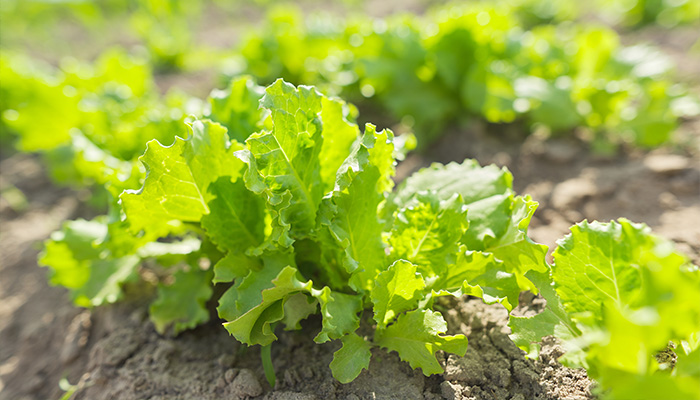
Vegetable Selection
Separate varieties of vegetables differ in resistance to disease, sunlight and water needs, and lower/higher yields.
Furthermore, different types of vegetables will grow better under hotter or cooler weather.
In early spring, it’s best to plant lettuce, greens, peas, radishes, carrots and broccoli. As the weather starts to get hotter in summer, consider tomatoes, peppers, eggplant and herbs. If you’re growing in autumn, try potatoes, cabbage and kale.
Most importantly, grow what you love to eat!
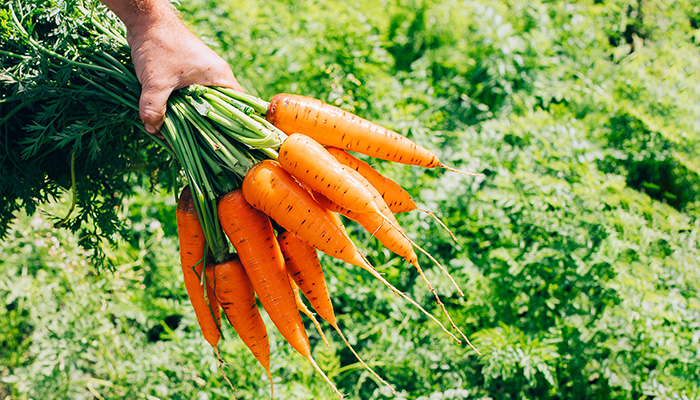
Plan the layout
Depending upon the size of your available space, you may need to draw up a plan for the layout of your garden. Consider:
- Buildings/structures
- Access to water
- Amount of sunlight in different locations
See some ideas for potential layouts here.
If you intend to plant in long rows, and require space to walk between them, the general rule is 18 inches between rows. This leaves enough space to avoid damaging roots or leaves when moving through your vegetable garden.
Check out this list of incompatible plants to help decide when/where to plant your favourite vegetables.
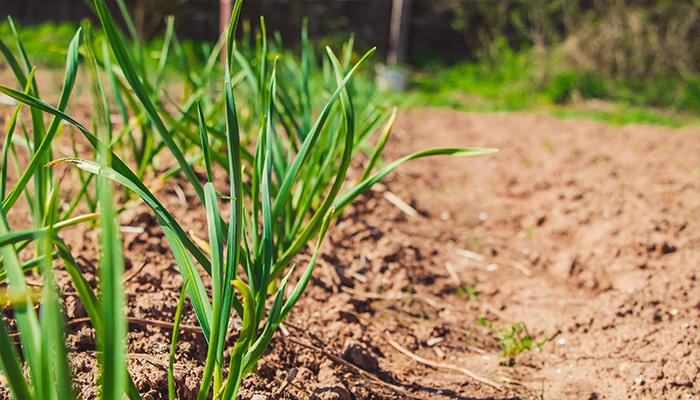
Planting
When you’re ready to begin planting, turn over the soil with a shovel. This will loosen the soil, helping it aerate and give the roots room to grow.
Make sure to water your seedlings regularly! You want them to be kept moist, but not wet, and never dry. Depending on the weather and location, this typically translates to once per day. If your seedlings are planted in a small pot, a spray bottle can work best.
In order to avoid diseases and pests spreading through your soil to other plants, it’s best to practice crop rotation. Common pathogens can remain in the soil from year-to-year. To prevent a large build-up of such pathogens, it’s best not to plant the same vegetable, in the same location, every year. Move them around after harvesting.
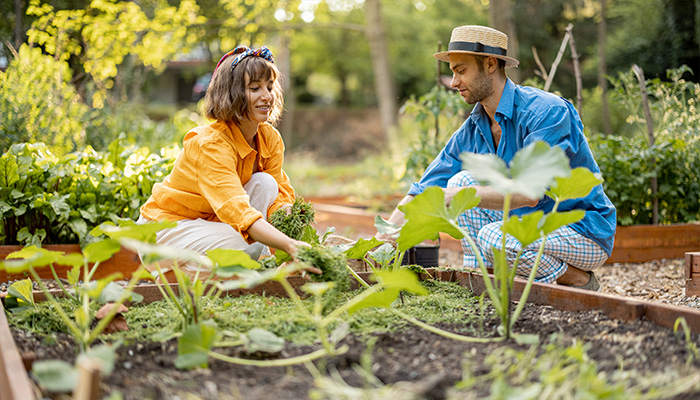
Taking Care
Now that you have a budding veggie garden, it isn’t time to take it easy just yet. Those plants need care!
Fertilising promotes soil and plant health. It’s best to do this every few weeks. Consider composting, we’ve written a how-to guide here!
Additionally, weeding is an important practice as these pesky invaders will fight your veggies for water, sunlight, nutrients and space. Try to avoid harmful chemical sprays. Instead, pinch the weed close to the base of the plant and gently pull. Repeat this cycle weekly.
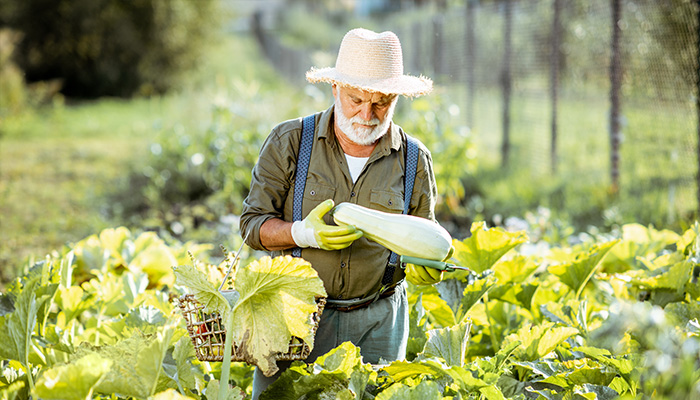
With these tips, we know even beginners will be full-fledged green thumbs in no time!
Let us know if you have any feedback, or a topic you would like us to explore in the next Wellness Matters!









